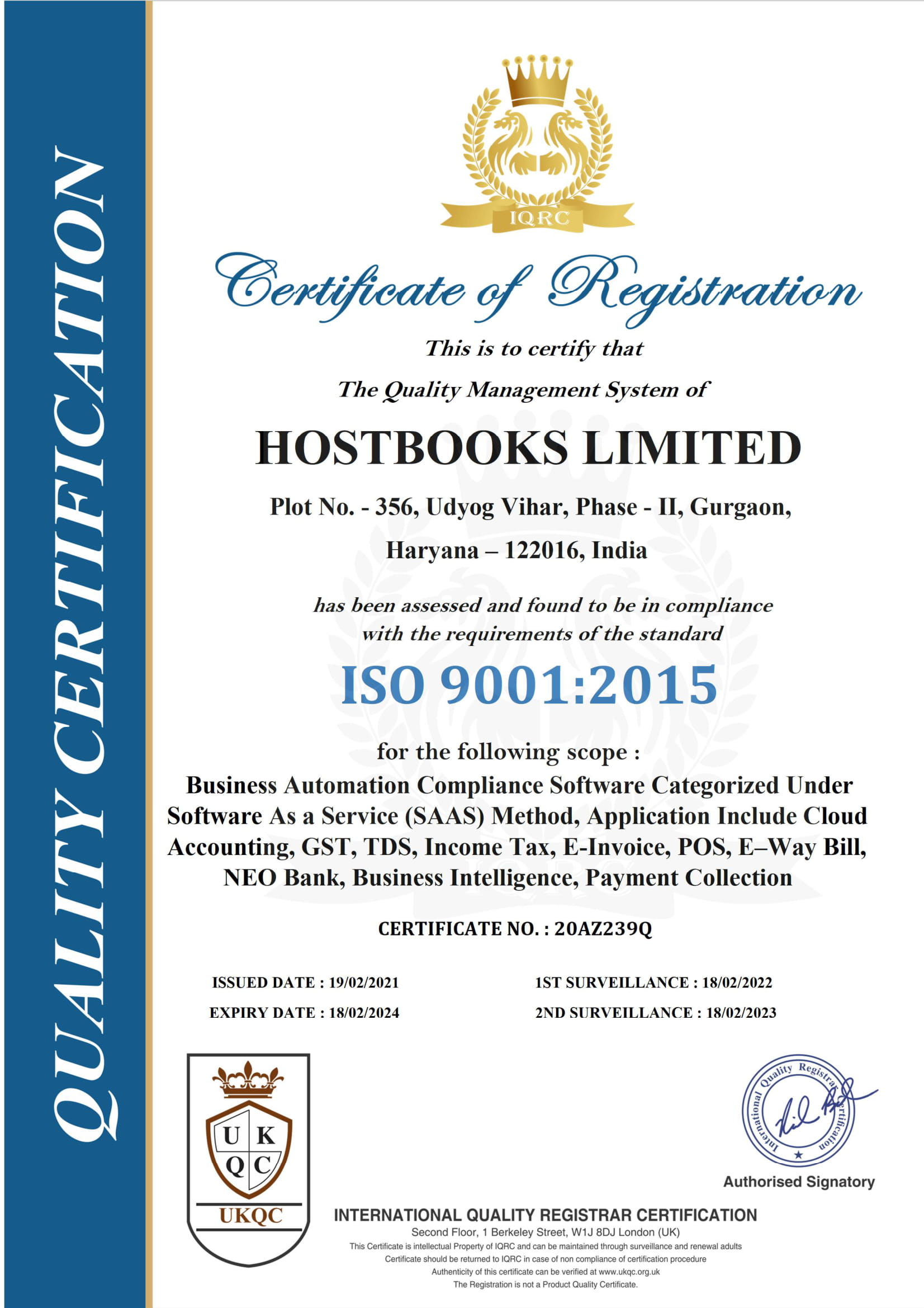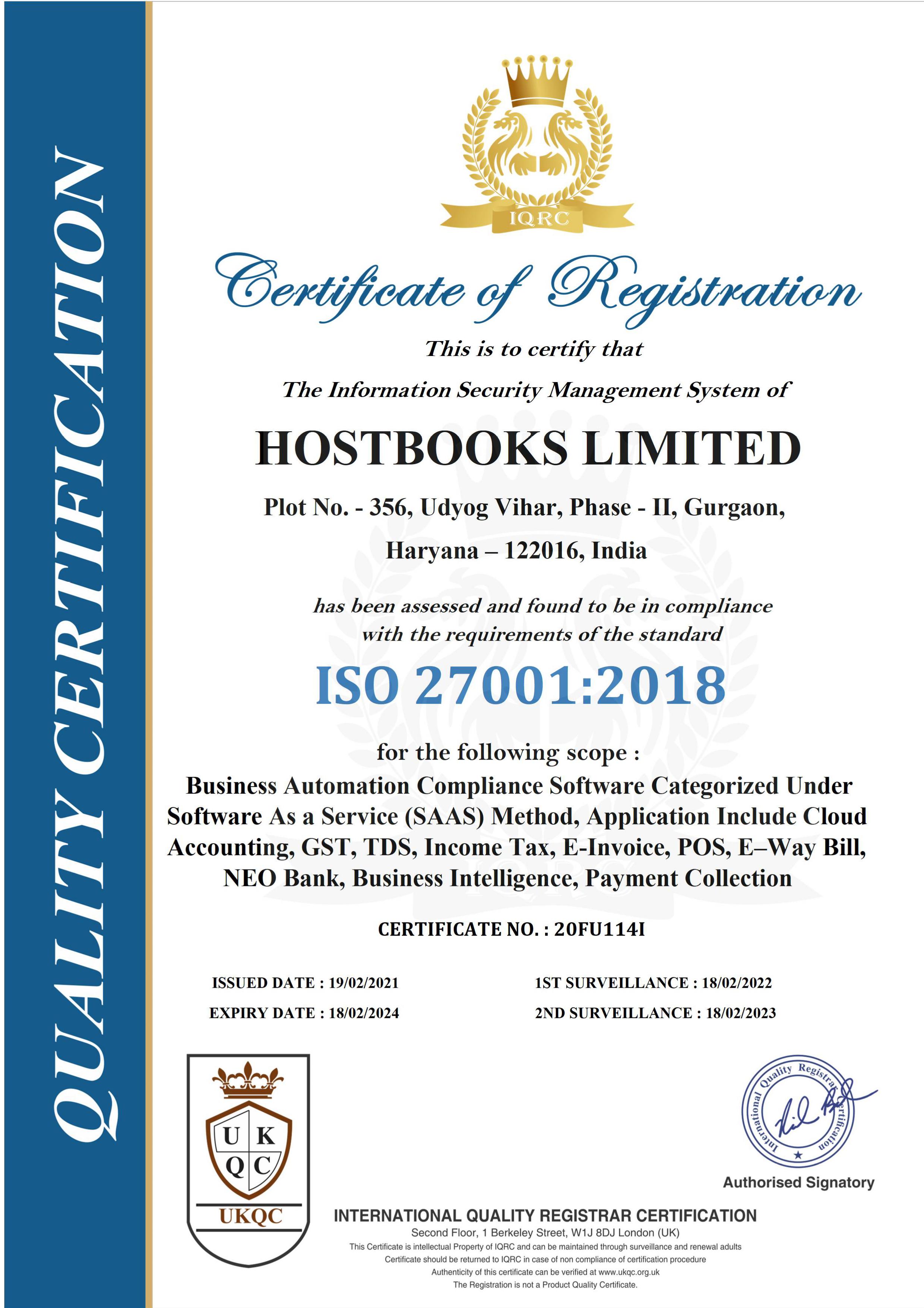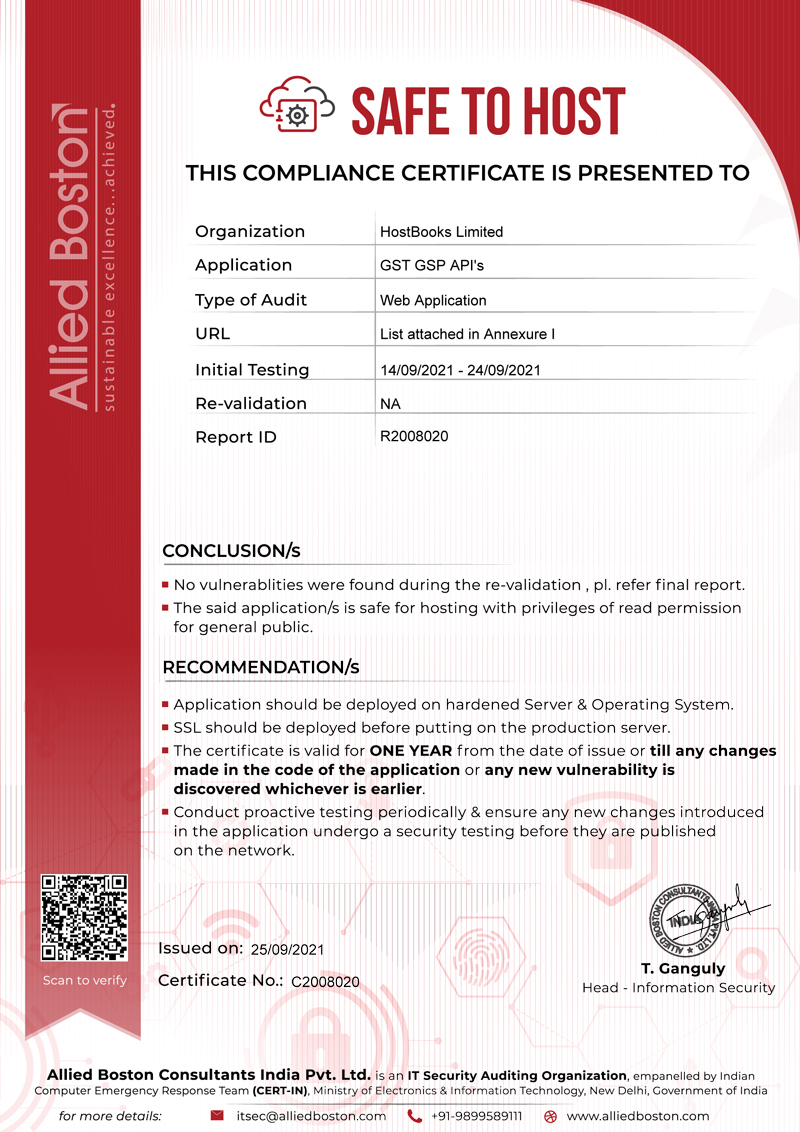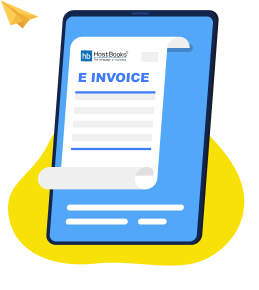Our online HRA calculator is the simplest and quickest way to calculate your HRA exemption accurately. You can precisely determine how much of your HRA. You can avoid paying income tax in 3 simple steps.
What is HRA Exemption Calculation?
HRA is a tax exemption provided you meet certain conditions. It depends on factors like your salary, city of residence, and your company's salary structure. Generally, HRA is a fixed percentage of your basic salary. You can claim a tax exemption for your HRA under Section 10(13A) and Rule 2A of the Income Tax Act, 1961.
HRA Calculation Formula
The exemption for House Rent Allowance (HRA) is computed according to Rule 2A of the Income Tax Rules. This rule specifies that the lowest amount among the following is exempted from the salary, and it is not included in the taxable income as per Section 10(13A).
HRA allowed in exemption is lowest of below
- Actual HRA Received
- Part of Basic Salary + DA
- For individuals residing in metro cities: 50% of the total sum of Basic salary and Dearness allowance.
- For individuals residing in non-metro cities: 40% of the total sum of Basic salary and Dearness allowance.
- The actual rent paid after subtracting 10% of the total sum of Basic salary and Dearness
Note: One can claim HRA deductions under either Section 10(13A) or Section 80GG, but not both.
How to Calculate HRA in Salary?
To understand how to calculate HRA in India, let's consider the example of Mr A, a salaried employee who resides in Delhi and pays a monthly rent of ₹12000. He receives a monthly salary of 30,000 and HRA of Rs 10000.
Calculate the HRA exemption allowed in his case
|
Options |
Calculations |
Amount |
|
Actual HRA received |
Rs 10000 |
|
|
Part of Basic Salary + DA |
50% of Rs 30000 |
Rs 15000 |
|
Actual Rent Paid Less 10% of Salary |
Rs 12000 - 10% of Rs 30,000 |
Rs 9000 |
- Actual HRA received
- Part of Basic Salary + DA: 50% of Rs 30000 = Rs 15000
- Actual Rent Paid - 10% of Basic+ DA = Rs 12000 - 10% of Rs 30,000 = Rs 9000
Since, Rs 9000 is the lowest of the three, HRA deduction allowed is Rs 9000.
Calculation of HRA Exemption in Special Cases
Rent Paid To Family Members
Even paying rent to family members qualifies as an HRA deduction. This means that if you can show proof of rental transactions while living with your parents, you can still qualify for the HRA exemption.
Providing your parents with financial transaction proof, rental agreement, rent receipts, etc., will satisfy the HRA exemption guidelines. But still, if you own the property, you are not eligible to get this advantage. A property held by your spouse cannot also be excluded from HRA.
Own a house in a different city
You are still qualified to submit an HRA claim even if your home is located in a different city from where you live and work. You can deduct the cost of paying your home loan EMIs from your taxes as well. This HRA exemption rule is stated under Section 10(13A) of the Income-tax, all you need to do is simply provide adequate proof for each to claim the exemption.
Rent shared with the spouse
Only one person may claim the entire amount as an HRA deduction if you and your spouse divide the expense of renting a home. The HRA exemption can be claimed individually by both of you if you are able to get individual rent invoices for rental payments.
In order to avoid problems with tax regulations, you should make sure there are no duplicates.
Individuals whose employers don't get HRA
An employer is responsible for offering the HRA. But, if an employee works in a company that does not take into consideration an HRA component while calculating the whole salary structure, they can still claim it. You may claim the advantage under Section 80GG of the Income Tax Act even when your employer does not pay HRA but you still have to pay rent. In addition, you must also submit form 10BA to complete the process.
Benefits of Using HRA Tax Exemption calculator
With the help of HostBooks HRA calculator you can avail yourself of the following benefits: Our HRA exemption calculator always provides spot-on accurate results, hence there is no room for errors and you can use it as many times as you want.
It helps you claim exemptions based on HRA calculation.
The HRA calculator takes into account all the variables which are necessary to claim HRA.
How to Claim HRA Benefits?
Contrary to prior rulings, the tax department has now chosen to align ITR-1 with Form-16, making it simpler for individuals to include eligible employment perks in their IT returns. The formal TDS certificate given by an employer to its employees is represented by Form-16. It includes information about the TDS (Tax deducted at source) that the employer charged, as well as HRA and other relevant information.
By attesting a copy of Form-16 with your ITR-1, you can now quickly claim HRA. If you would rather do it the other way around, you can also claim HRA when submitting your return by including the rent-related documents, such as the tenancy agreement or invoices. For individuals who do not have these documents on hand, however, the process can be challenging.
You can still receive HRA benefits even if you don't have access to the rental documentation by manually submitting the qualifying, tax-exempted HRA amount.
Documents for HRA Exemption Claim
Rent invoices that include the following information: Date, tenant's name, landlord's PAN number, the address of the rental property, duration of stay, and rent receipt attached with revenue stamp and cross-signed by the landlord.
- PAN Details: You must furnish PAN information and a copy of the landlord's PAN if the annual rent paid is more than Rs. 1,00,000. If the landlord does not have a PAN card, they must provide you with a self-attested declaration paper that states the same thing.
- Rent Agreement: A copy of the tenancy contract may also be required. The same documentation must be provided if you are paying rent to your parents or other family members. You might also need to provide copies of your bank statements to demonstrate the financial activities.
HRA Exemption Rules
Eligibility to Claim HRA
- The applicant must be either self-employed or salaried to be eligible for HRA deductions.
- There is a need to rent the current home. A rented home, not the person's own home, is considered for HRA calculations.
- To claim the HRA deductions, a House rent receipt or equivalent proof of a house document is needed.
Rules to Claim HRA
- Persons requesting tax exemptions under Section 80 GG should refrain from requesting any tax advantages for a self-occupied property they own elsewhere.
- The ability to submit a self-declaration using form 10-BA should be available to those requesting deductions under Section 80 GG. The person must provide proof in the form that they satisfy all requirements.
- Employees can request reimbursements on excess tax deductions during ITR filing if employers forget to report HRA on Form 16.
- The interest and principal on housing loans can both be deducted from the pay of homeowners who also receive HRA benefits.
- When a person changes jobs (e.g., moves from a non-metropolis to a metropolis or vice versa) or receives a raise, the HRA tax is calculated for each month. As a result, each period of change has a unique impact on the deductions or tax exemptions for HRA.
- In the Union Budget 2020, the government unveiled a new tax structure. They had the option of choosing the new tax system without specific exemptions or the previous system with exemptions. As a result, only those using the previous tax system are eligible to benefit from the house rent allowance tax deduction.
FAQs About HRA Calculator :
- Actual HRA received.
- 50% of basic salary + DA for individuals residing in metro cities (or 40% for non-metro cities).
- Actual rent paid after subtracting 10% of basic salary + DA.
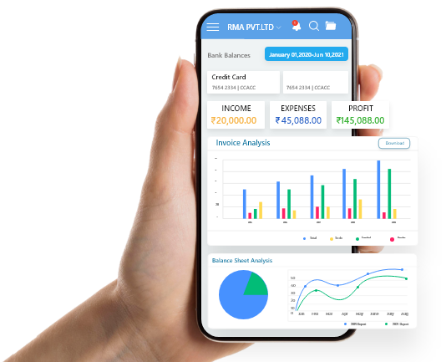
Try HostBooks
SuperApp Today
Create a free account to get access and start creating something amazing right now!








